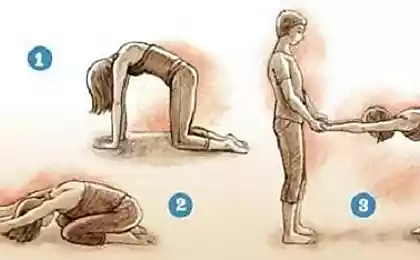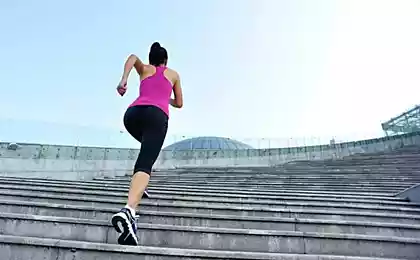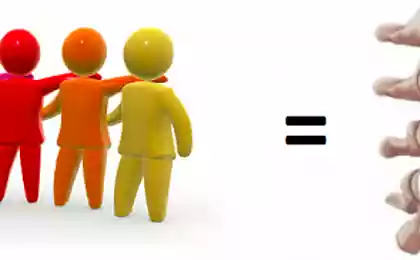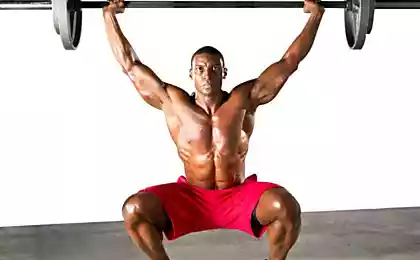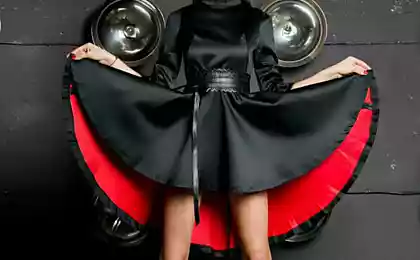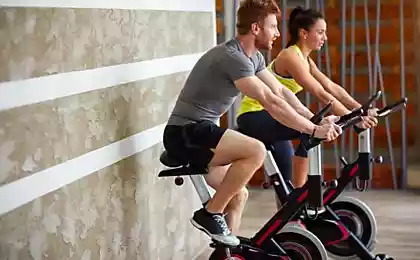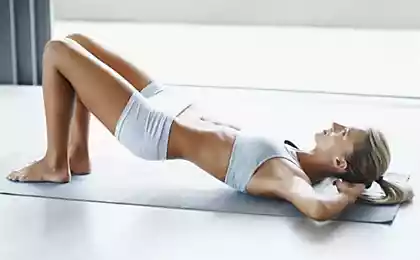173
How to Feel Strong and Free
In the modern world, it is difficult to find a person who has never felt discomfort and pain in the back or joints. The reasons for this can be many: a sedentary lifestyle, rare physical activity and hundreds of other reasons that we are not even aware of. Most methods for the treatment of diseases of the spine and joints work, starting only from the physical component, but there is a science that looks at the problem in a complex.

Today's edition. "Site" will tell you about applied kinesiology and kinesiotherapy, and also offer a small complex exercisebased on these methods.
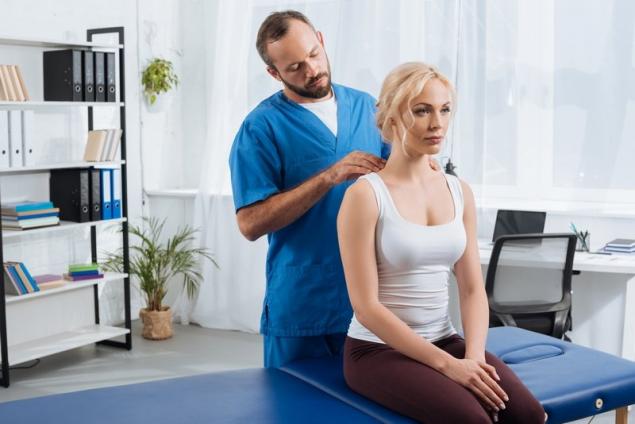
Kinesiology, unlike other popular manual techniques, works with three elements of the human body: physical, biochemical and emotional components. Applied kinesiology This is a diagnostic method that allows you to detect the root cause with maximum accuracy and choose the optimal treatment.
Diagnosis is carried out through tactile dialogue, or more precisely, muscle testing. The kinesiologist tests the muscle and, depending on the received reaction of the muscle to the effect, draws conclusions. To understand the deep essence of such testing and make diagnoses, you need to take appropriate courses and seminars.
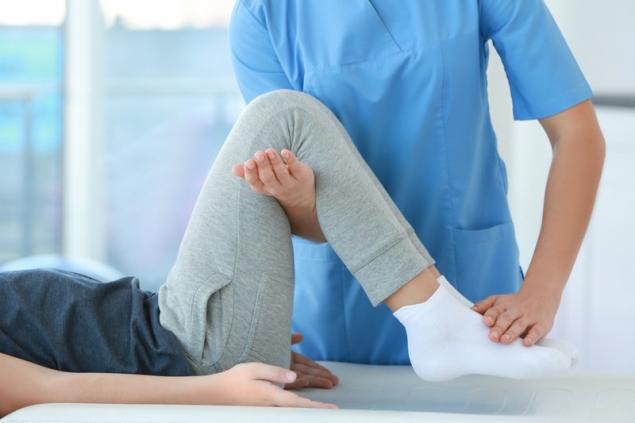
Applied kinesiology appeared in the United States in 1963. Her ancestor is considered George Goodhart. He began to consider the human body not only as a musculoskeletal system with muscles and bones, and even not only the physical body, but also took into account the emotions, feelings, energy and finer layers of mental organization.
Kinesiology is closely related and intersects with methods such as reflexology and kinesiology. These are different, but inextricably related stages of treatment of the musculoskeletal system. Kinesiotherapia involves the treatment of diseases with the help of movement: special exercises and physical activity.
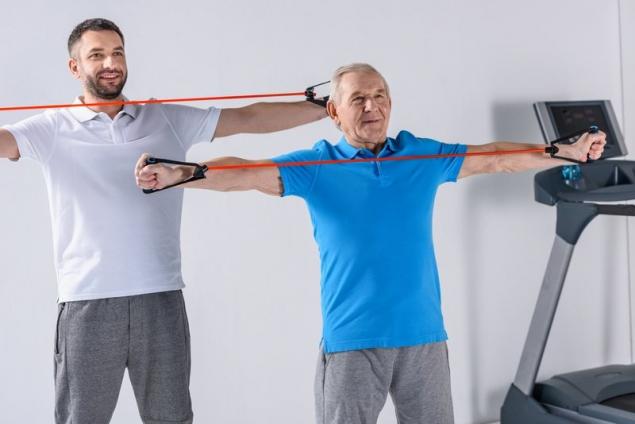
First, the doctor conducts muscle testing and deep kinesiological diagnosis. If necessary, even correction to include non-working muscles. After correction, the obtained result should be supported with the help of physical exercises.
The most effective treatment occurs with an integrated approach and supervision of an experienced specialist. System system kinesiological diagnosis It is the result of generalization of world achievements of applied kinesiology, kinesiotherapy, orthopedics and neurology. Specialists are able to work real miracles in the treatment of even the most advanced cases.
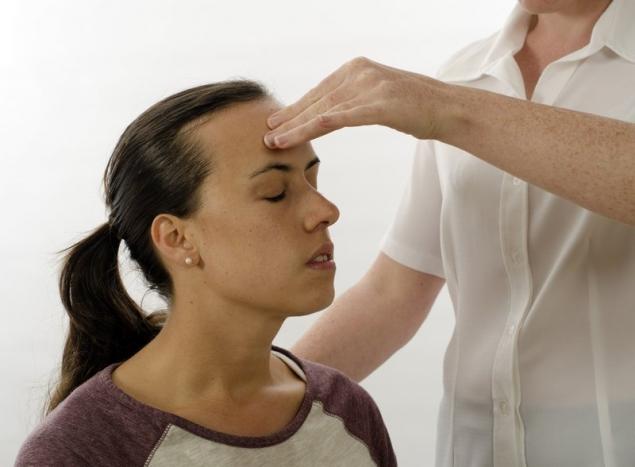
Exercises for back muscles at home Many people suffer from problems with the spine. Most often, the approach to treating these problems is wrong, because of which it is not possible to achieve recovery. Many years of experience shows that an integrated approach in kinesiology helps to solve a wide range of back problems. This helps to cure not only the problem area, but also strengthen the body as a whole.
If you are not ready to go to a kinesiologist, try to do this small thing first. backpack. It has an analgesic effect and will help you feel the ease of movement again, remember what it is like when your back does not hurt. Just 5 simple exercises.

Exercises for the back without loading on the spine
These exercises are good and suitable for people suffering from spinal pain. However, do not perform them during exacerbations and severe pain. Before execution, it is advisable to consult a doctor and consult.
In this video, you can see how an experienced person works. kinesiologist Nikita Janushanets. He talks in detail about kinesiology and its methods. Very informative!
about:blank
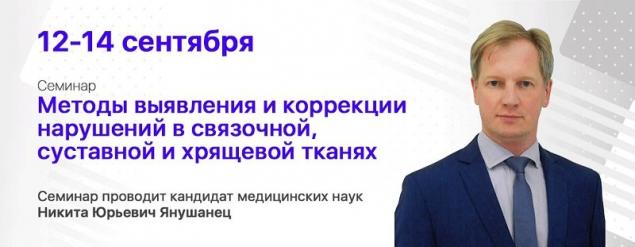
Are you interested in kinesiology? Then you can attend a seminar on methods of identifying and correcting disorders in the ligamentous, articular and cartilage tissues. The seminar is conducted by candidate of medical sciences and practicing kinesiologist Nikita Janushanets. After the seminar, you will be able to use this method.
After learning about this method, you begin to look at the human body differently. We were struck by the approach to diagnosis and treatment, which includes all the components of the body, not just the physical shell. What do you think of this technique?

Today's edition. "Site" will tell you about applied kinesiology and kinesiotherapy, and also offer a small complex exercisebased on these methods.

Kinesiology, unlike other popular manual techniques, works with three elements of the human body: physical, biochemical and emotional components. Applied kinesiology This is a diagnostic method that allows you to detect the root cause with maximum accuracy and choose the optimal treatment.
Diagnosis is carried out through tactile dialogue, or more precisely, muscle testing. The kinesiologist tests the muscle and, depending on the received reaction of the muscle to the effect, draws conclusions. To understand the deep essence of such testing and make diagnoses, you need to take appropriate courses and seminars.

Applied kinesiology appeared in the United States in 1963. Her ancestor is considered George Goodhart. He began to consider the human body not only as a musculoskeletal system with muscles and bones, and even not only the physical body, but also took into account the emotions, feelings, energy and finer layers of mental organization.
Kinesiology is closely related and intersects with methods such as reflexology and kinesiology. These are different, but inextricably related stages of treatment of the musculoskeletal system. Kinesiotherapia involves the treatment of diseases with the help of movement: special exercises and physical activity.

First, the doctor conducts muscle testing and deep kinesiological diagnosis. If necessary, even correction to include non-working muscles. After correction, the obtained result should be supported with the help of physical exercises.
The most effective treatment occurs with an integrated approach and supervision of an experienced specialist. System system kinesiological diagnosis It is the result of generalization of world achievements of applied kinesiology, kinesiotherapy, orthopedics and neurology. Specialists are able to work real miracles in the treatment of even the most advanced cases.

Exercises for back muscles at home Many people suffer from problems with the spine. Most often, the approach to treating these problems is wrong, because of which it is not possible to achieve recovery. Many years of experience shows that an integrated approach in kinesiology helps to solve a wide range of back problems. This helps to cure not only the problem area, but also strengthen the body as a whole.
If you are not ready to go to a kinesiologist, try to do this small thing first. backpack. It has an analgesic effect and will help you feel the ease of movement again, remember what it is like when your back does not hurt. Just 5 simple exercises.

Exercises for the back without loading on the spine
- Relaxation and deflection
Get on all fours. Now on the exhalation gently rot the back with an arc. Hold in this position and inhale rot in the lower back, neck stretch up and back. The exercise should be performed smoothly and without sudden movements. Do it 15, 20 times.
- Stretching muscles
The starting position is the same as in the previous exercise. You need to stretch your right leg back and sit on your left. Whenever possible, pull your left leg forward, going lower and lower. Do the exercise 20 times, alternately stretching each leg. Again, do it smoothly and without jerking.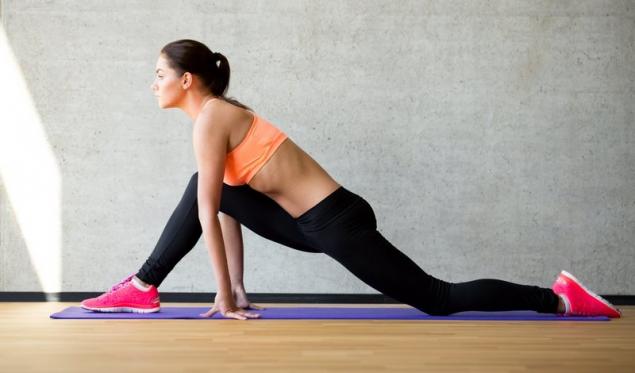
- Backstretching
Stand on all fours, from this position, drop your buttocks on your heels. On exhalation, bend your hands in your elbows, lower your torso to the floor. Breathe in, straighten your arms and sit back on your heels. In this position, the back muscles will stretch. Repeat up to 6 times.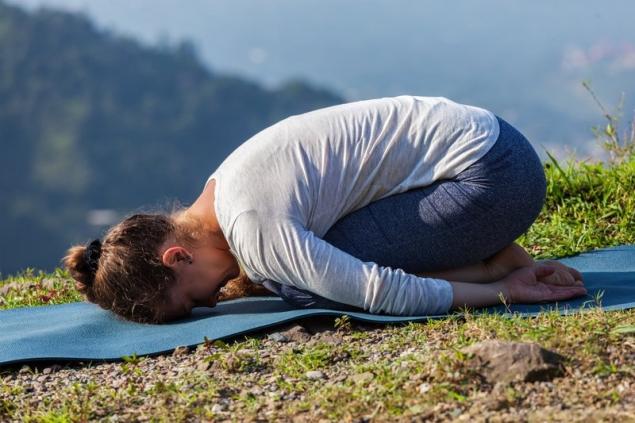
- Press muscles
Lie on your back, bend your knees, put your hands behind your head. Tighten your torso and elbow your knees. Continue the exercise until there is a burning sensation in the muscles, but do not allow painful sensations.
- Half-wisp
Lie on your back and put your hands along your torso. Bend your legs in your knees, raise your pelvis as high as possible on exhalation. Inhale the pelvis. Do 20 repetitions.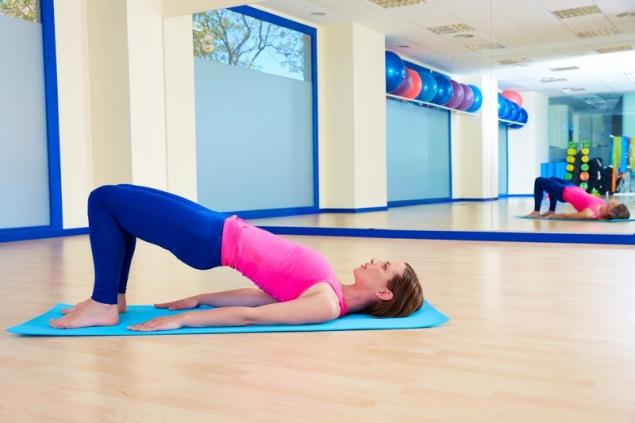
These exercises are good and suitable for people suffering from spinal pain. However, do not perform them during exacerbations and severe pain. Before execution, it is advisable to consult a doctor and consult.
In this video, you can see how an experienced person works. kinesiologist Nikita Janushanets. He talks in detail about kinesiology and its methods. Very informative!
about:blank

Are you interested in kinesiology? Then you can attend a seminar on methods of identifying and correcting disorders in the ligamentous, articular and cartilage tissues. The seminar is conducted by candidate of medical sciences and practicing kinesiologist Nikita Janushanets. After the seminar, you will be able to use this method.
After learning about this method, you begin to look at the human body differently. We were struck by the approach to diagnosis and treatment, which includes all the components of the body, not just the physical shell. What do you think of this technique?






